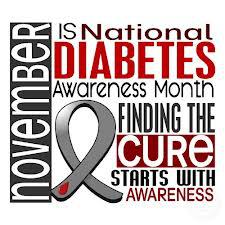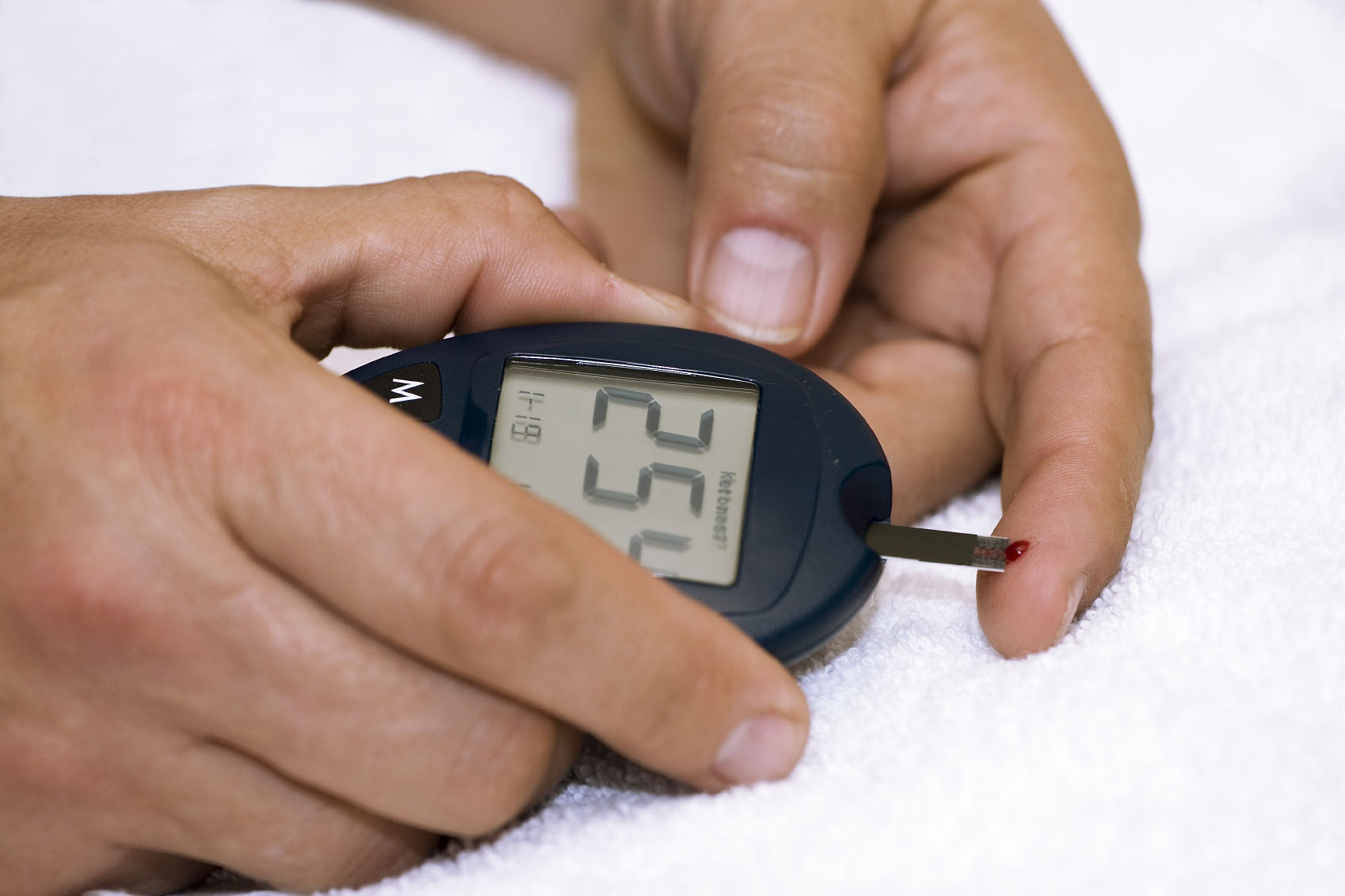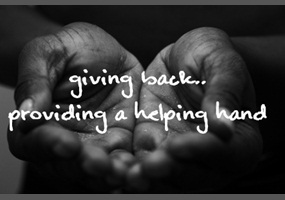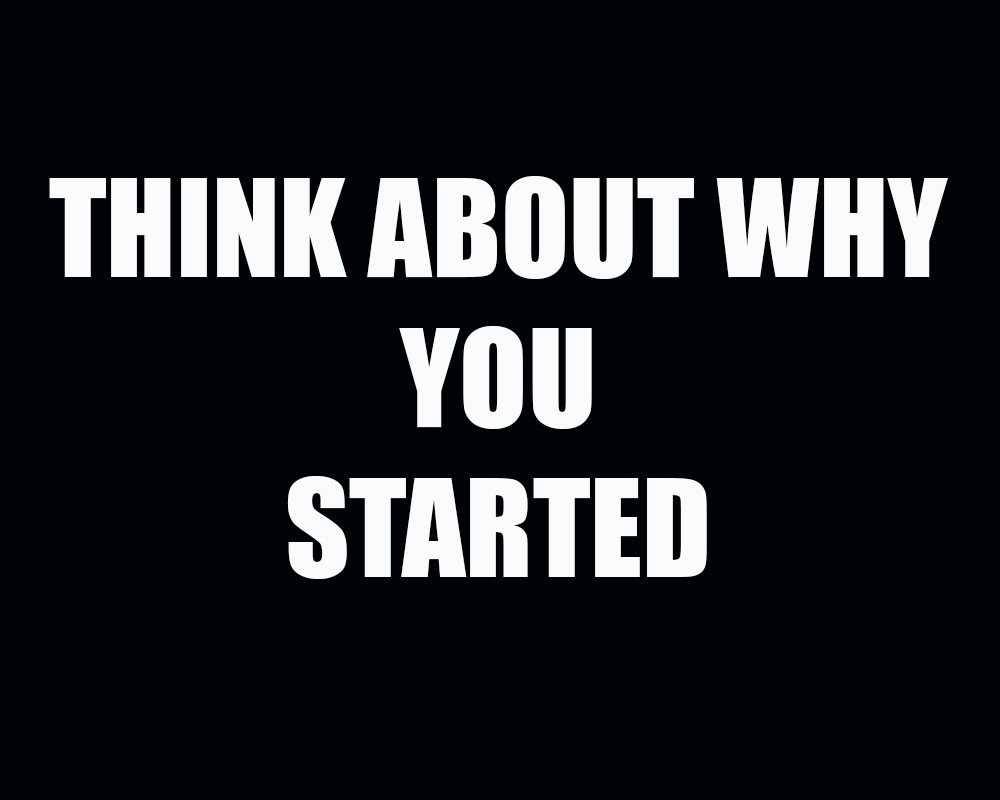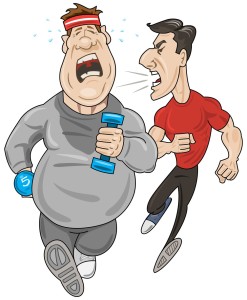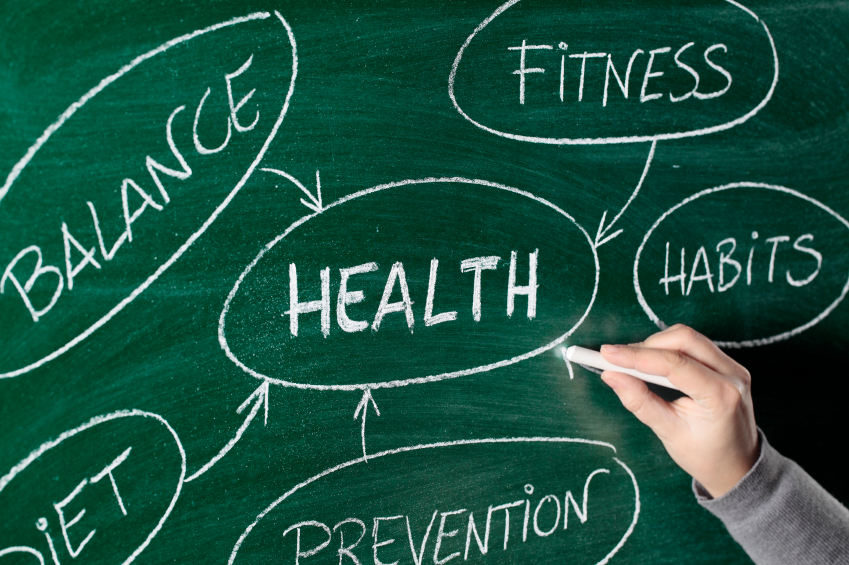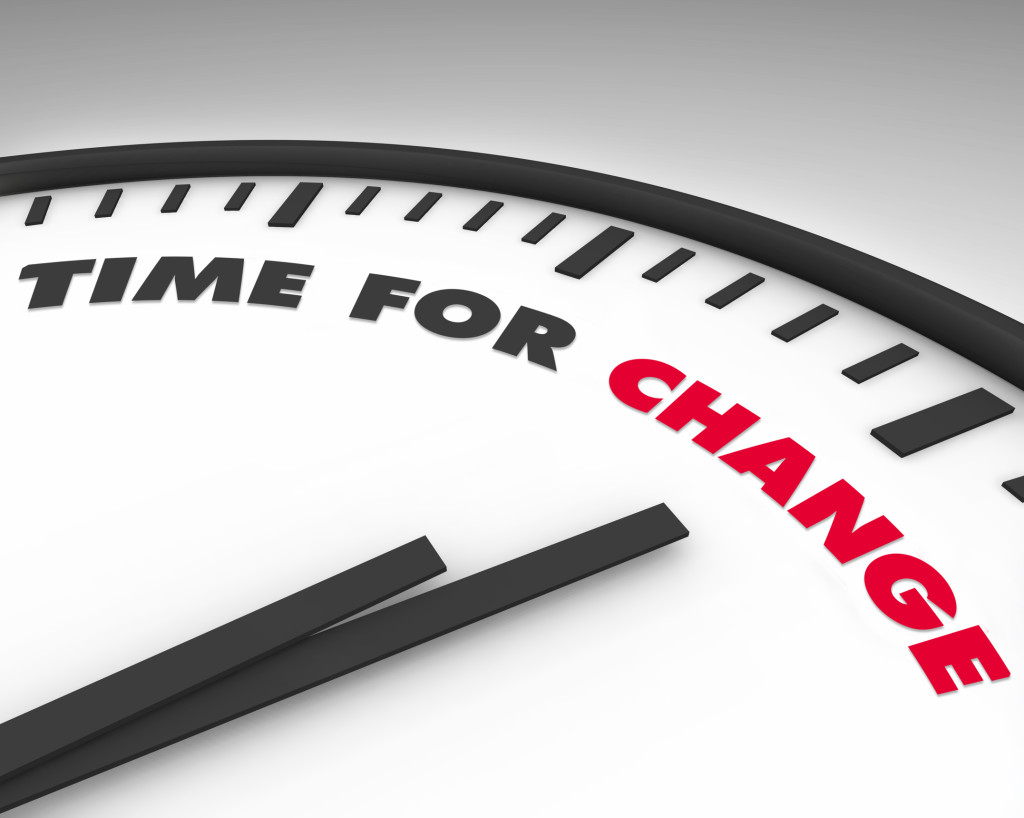November is National Diabetes Awareness month.
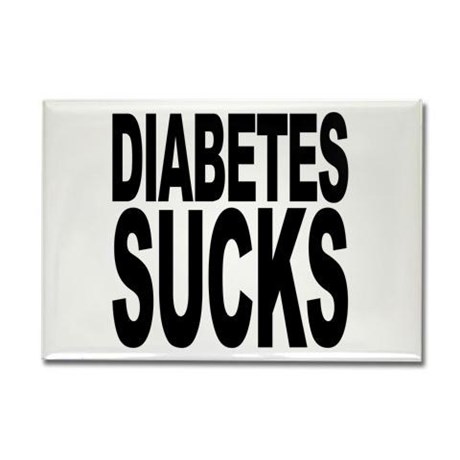 I have to apologize in advance for the length of this post. As I researched this topic, I became engulfed by the information. This is scary and serious stuff. I feel for anyone that suffers from this terrible disease. And so I felt the need to curate my findings and share.
I have to apologize in advance for the length of this post. As I researched this topic, I became engulfed by the information. This is scary and serious stuff. I feel for anyone that suffers from this terrible disease. And so I felt the need to curate my findings and share.
This is Part 2 of a 2-part segment. You can link back to last week’s post here. My goal is to raise awareness about how devastating diabetes can be so that if you or someone you know has symptoms, you can get help. And if you have diabetes but aren’t taking it serious, perhaps this can be a wake up call for you.
In this post I will answer 3 common questions about diabetes. Then I’ll provide some resources so you can find out more.
1. What’s so bad about diabetes?
Glucose is a fundamental source that our bodies get fuel from for energy. People with diabetes can’t process glucose because their body doesn’t produce or use insulin properly. As a result, the extra glucose builds up in their blood stream, overflows into their urine, and then passes out of their body unused. So their main source of energy is lost.
When diabetes is out of control, it means your blood sugar (blood glucose) is too high. High blood sugar may not make you feel sick. But even if you have no symptoms, controlling your blood sugar is important for your health. That’s because high blood sugar can lead to serious problems over time. When your blood sugar is not controlled, too much sugar stays in your blood for a long time. That can damage blood vessels and nerves. Prolonged periods of high blood sugar can lead to many problems, referred to as “complications”.
So it’s not just a matter of not having any energy. Left untreated, diabetes can cause:
- Heart disease
- Blindness
- Stroke
- Nerve damage (which can result in amputations)
- Neuropathy
- Kidney failure
- High blood pressure
- Foot problems
- Dental problems
- Peripheral artery disease
- Death
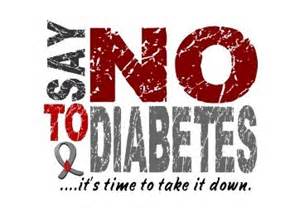 Said another way, type 2 diabetes causes damage to your arteries and nerves. The artery damage results in serious medical problems:
Said another way, type 2 diabetes causes damage to your arteries and nerves. The artery damage results in serious medical problems:
Heart attack — Type 2 diabetics have two to four times the risk of dying from heart disease as non-diabetics. Middle-aged type 2 diabetics have the same high heart-attack risk as people without diabetes who already have had a heart attack. They are more likely than non-diabetics to die if they have a heart attack, and more likely to have repeat heart attacks.
Stroke — Type 2 diabetics have two to four times the risk of stroke as people without diabetes.
Amputations — More than half of the amputations done in the United States are related to diabetes. When an amputation is needed, it is most commonly needed because of damage to the peripheral arteries (arteries to the legs). Poor circulation from artery damage also causes open skin sores and infections.
Kidney failure —About 40% of all people who need dialysis have kidney failure from diabetes. (Only 4% to 6% of all type 2 diabetes patients end up requiring dialysis. However, about 20% to 30% of people with type 2 diabetes will develop at least some kidney damage.)
Blindness — Diabetes damages the eye by injuring small blood vessels in the retina. It is the most common cause of blindness that starts between ages 20 and 74.
These artery problems are the most serious consequences of type 2 diabetes. Why does diabetes lead to artery damage? Part of the answer is that diabetes usually occurs in the company of other diseases that place the heart and arteries at risk. People with diabetes are more likely than other people to develop high blood pressure, obesity and high cholesterol.
When several risks to the heart or arteries occur together, they present a powerful health threat. This is known as the metabolic syndrome. If you are aggressive in treating each of these risk factors, you can greatly reduce your risk of heart attack and other problems caused by artery injury.
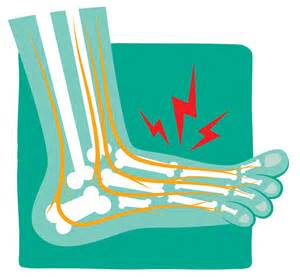 Type 2 diabetes also injures nerves. About 60% to 70% of diabetics develop diabetic nerve damage. Many bothersome health problems can result:
Type 2 diabetes also injures nerves. About 60% to 70% of diabetics develop diabetic nerve damage. Many bothersome health problems can result:
Peripheral neuropathy — The feet and legs can develop tingling, pain, or a loss of feeling. This problem makes foot ulcers and foot infections more common, adding to the possibility that an amputation may be needed.
Stomach and bowel problems — The nerves that trigger normal movements of the stomach and intestines can become less active or less predictable. This can result in nausea, constipation or diarrhea. A stomach that is slow to empty has a diabetes condition called gastroparesis.
Dizziness when standing — Your body has to make some adjustments to move blood from your toes to your torso when you are standing up. That’s because the heart is pumping against gravity. When your body is working correctly, blood vessels get tighter to prevent pooling of blood in your lower body. The circulation relies on nerve signals to know when to do this. These signals can fail in diabetes. If this happens, standing up can leave you with low blood pressure. You may feel lightheaded.
Sexual-function problems — Impotence is especially common in people with nerve damage from diabetes. Artery damage also contributes to impotence.
Localized nerve failures — A nerve that controls a single muscle can lose its function. This could cause a variety of problems. Possible examples include eye movement problems with double vision, or drooping of the cheek on one side of the head (commonly known as Bell’s palsy).
Many of these potential complications can significantly shorten the life of a person with type 2 diabetes. All of them can diminish the quality of life. But prevention is possible in many cases through diet and exercise, use of medications, careful control of your blood sugar and other protective measures.
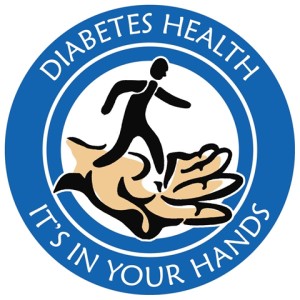
2. What foods should someone with type 2 diabetes avoid?
According to WebMD, an individual with type 2 diabetes should avoid foods high in fat and salt. Diabetes increases the risk of heart disease and high blood pressure; therefore, it is important to avoid or limit foods known to cause these diseases, such as saturated fat, trans fat and salt.
Milk, cheese, beef and baked goods are foods that are high in saturated fat, so it is important to monitor the intake of these foods and choose low-fat options. Lean cuts of meat and low-fat dairy are healthy choices for individuals diagnosed with type 2 diabetes. Baking, broiling, grilling or roasting food as opposed to frying it helps diabetics maintain a low-fat diet.
Type 2 diabetes increases the risk for high blood pressure, which is why it is important to limit salt intake. Diabetics should limit or avoid salty foods such as pickled foods, most condiments unless specifically low salt, packaged soups, processed meats and olives.
Foods that diabetics can enjoy that decrease the risk of high blood pressure and heart disease are foods that are high in fiber. These foods include brown rice, bran, fresh fruits and vegetables, cooked dried beans and peas, and whole-grain foods.
3. What foods can a person with type 2 diabetes eat?
According to Everyday Health, a person with type 2 diabetes can eat fresh fruit, particularly berries, as well as non-starchy vegetables, non-fat dairy products and whole-grain sources of carbohydrates which are high in fiber. Because the body digests fiber much more slowly, it is easier to maintain stable blood sugar levels. One feels full without taking in as much sugar, keeping glucose levels from spiking.
When it comes to proteins, lean sources that are low in saturated fat make the best options. Fish, poultry, lean meats, non- or low-fat milk and other dairy products are the best sources of protein for type 2 diabetics. Between 12 and 20 percent of one’s calories should come from protein.
Berries are an attractive fruit option for type 2 diabetics because the permitted portions are filling. However, most fresh fruits are permitted, because they satisfy the sweet tooth while also providing fiber and antioxidants. The best vegetable choices include leafy greens, carrots, asparagus, cauliflower and broccoli, as they are all high in fiber but low in carbohydrates. In fact, type 2 diabetics should fill at least half their plates with these types of vegetables at each meal.
One of the best dairy choices is plain non-fat Greek yogurt, as it has between 6 and 8 grams of carbohydrates per serving. It works as a replacement for sour cream in many recipes. Full-fat dairy products and prepackaged chocolate milk do not belong on a diabetic’s menu. Grain sources such as wild rice and whole-grain breads provide fiber. Proteins should be lean and low in saturated fats; acceptable options include turkey, fish and beans.
Snacks to boost the consumption of the right kinds of fats include avocados and nuts. Foods prepared in olive oil and canola oil also bring in those types of fats. Cheese, butter, and the white marbling that one sees in red meat have saturated fats, which are significantly less healthy. Cutting back on sodium is important for fighting high blood pressure, a condition that affects many diabetics.

Resources:
- Wikipedia – https://en.wikipedia.org/wiki/Diabetes_mellitus
- Talking to Your Health Care Provider: A Discussion Guide – http://www.januvia.com/static/pdf/5.4.1_doctor_discussion_guide.pdf
- Tracking Your Doctor Visits – http://www.januvia.com/static/pdf/5.4.4_doctor_visit_tracker.pdf
Know Your Diabetes ABC’s:
Talk to your health care team about how to manage your A1C (blood glucose or sugar), blood pressure, and cholesterol. This will help lower your chances of having a heart attack, a stroke, or other diabetes problems. Here’s what the ABC’s of diabetes stand for:
- A is for the A1C test – The A1C test measures the average amount of sugar that has been in your blood over the past 2 to 3 months. The American Diabetes Association (ADA) recommends an A1C goal of less than 7% for many adults with diabetes. The A1C goal for some people may need to be higher or lower. Ask your doctor what is the right A1C goal for you.
- B is for Blood pressure – Blood pressure is the force of blood moving through your blood vessels. Many people with type 2 diabetes have high blood pressure. High blood pressure means that your heart is working harder than it should to pump blood through your body. You should have your blood pressure checked every time you visit your doctor.
- C is for Cholesterol -Cholesterol is a fat-like substance in the blood. LDL (low-density lipoprotein) and HDL (high-density lipoprotein) are 2 types of cholesterol in your blood. LDL is “bad” because it narrows or blocks blood vessels. This can increase your risk of having a heart attack or stroke. HDL is often called “good” because it can carry “bad” cholesterol away from the walls of your arteries. Cholesterol levels are checked with a blood test. Most adults should have a fasting lipid profile done at least once a year.
You can learn more by visiting the American Diabetes Association at www.diabetes.org. If you would like to donate, go to: https://donations.diabetes.org/site/Donation2;jsessionid=535965D2E7B2E2C7FC5F286A8F4B5BF7.app211b?df_id=15020&15020.donation=form1&loc=header&s_src=dorg&s_subsrc=donate-now
The information contained in this blog is not medical advice. It is solely for the purpose of providing information about diabetes. You should seek help from your doctor or a trained medical professional if you have any questions or suspect that you have diabetes.
Thank you for sharing your time with me. I’d love for you to let me know what you think by leaving a comment. Is the content valuable and helpful? Did anything resonate? Will you take action? What else would you like to see in future posts?
If you know someone that can benefit from this content, I’d be eternally grateful if you would share this with them. And if you like what you see, you can SUBSCRIBE for automatic updates, LIKE US on Facebook, and spread the word about www.thin2win.net with your friends, family and social circles.
 Eating clean is eating food in its most natural state. Foods that are grown and raised naturally. Avoid added sugar, salt, and preservatives whenever possible. The more that food is “touched” or “processed” the worse it becomes for you. The nutritional value declines and the calorie content and unhealthy fat levels increase.
Eating clean is eating food in its most natural state. Foods that are grown and raised naturally. Avoid added sugar, salt, and preservatives whenever possible. The more that food is “touched” or “processed” the worse it becomes for you. The nutritional value declines and the calorie content and unhealthy fat levels increase.







